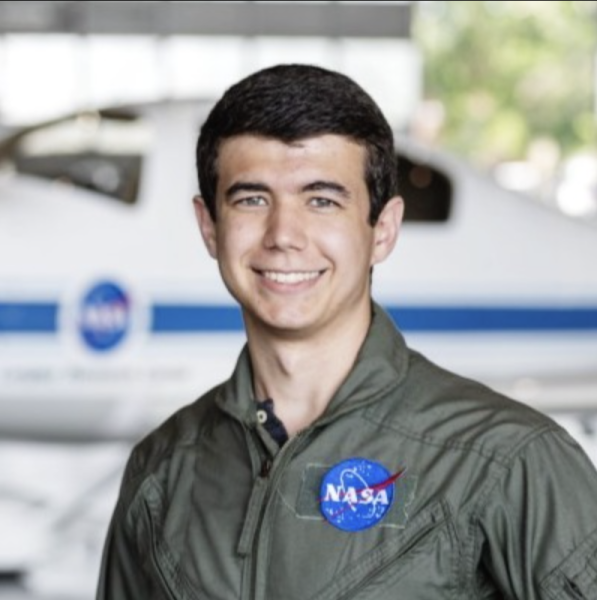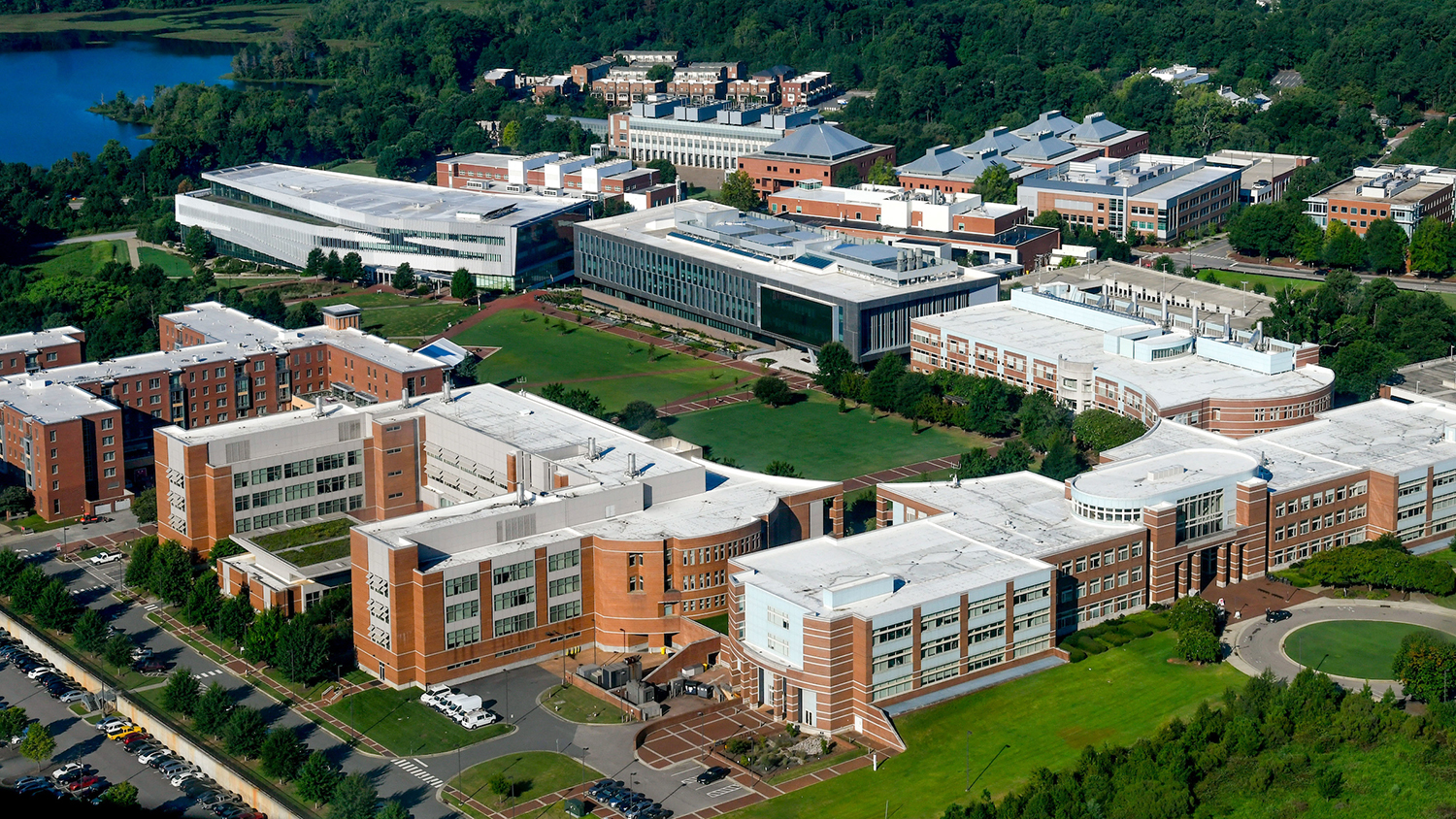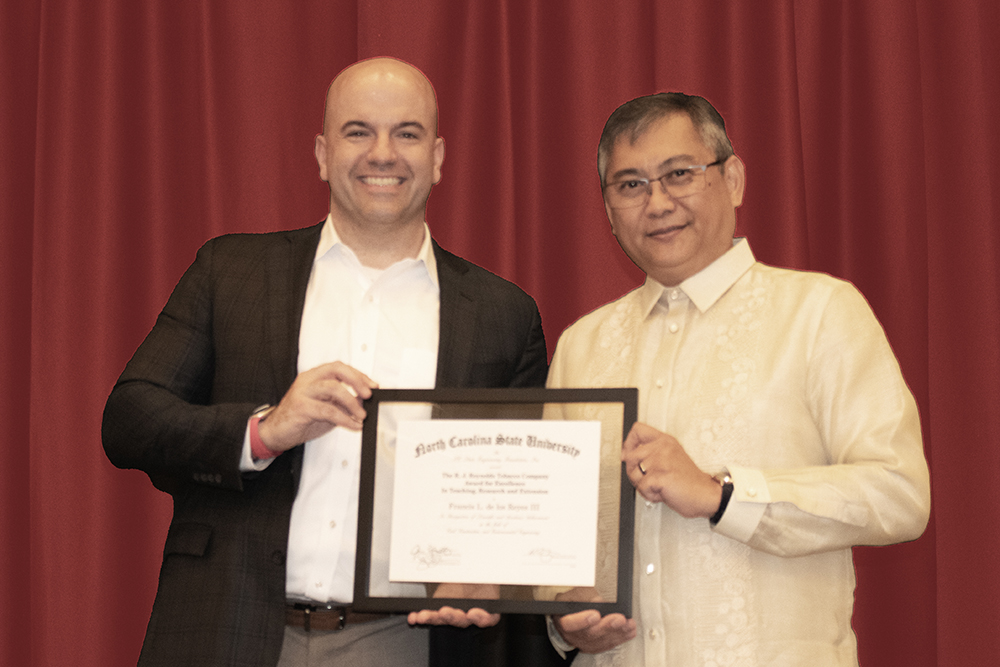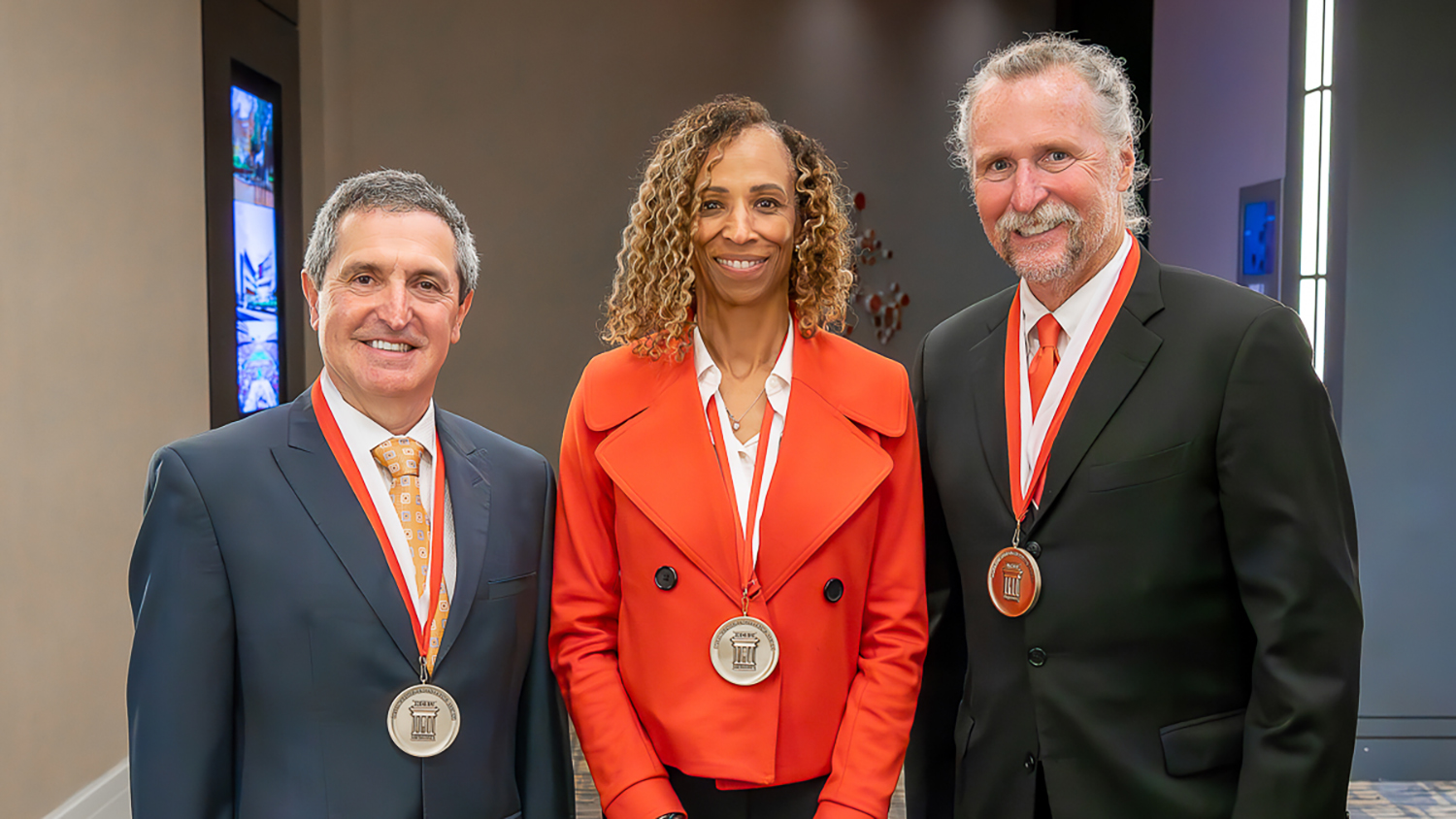By Jack Boden
Department of Mechanical and Aerospace Engineering
Three students have been named as the Inaugural Outstanding Doctoral Students of the Year at NC State’s Department of Mechanical and Aerospace Engineering.
The award is intended to recognize outstanding doctoral students who have made achievements through scholarly achievement, leadership, research and service. This year, three students were selected based on their astounding impact in each of their fields. These student are Bryce Abbott, Mashfiqur Rahman and Harry Schrickx.
Bryce Abbott

Abbott began his work with his advisor and MAE’s Samuel P. Langley Distinguished Professor, Dr. Fuh-Gwo Yuan, as a sophomore conducting undergraduate research. He has continued to work with Dr. Yuan well into his doctoral studies.
Abbott has been designing and building remote control airplanes and drones since a young age, and he has even built his own pulse- jet engine. Later, during his senior design project, he headed the structural design of a 10-ft sounding rocket with active orientation control.
Abbott’s proposed dissertation, “Computer-Vision-Based System for Guided Wave Reconstruction and Damage Imaging in Composite Structures,” aims to develop a novel solution to the increasingly important issue of of locating subsurface damage in aerospace structures. This process is historically time-consuming and subjective, which can be costly and pose a significant safety risk, but Abbott is developing an optical method for inspection that will be able to inspect critical structures in seconds to produce a map of any subsurface damage in the structure, essentially, using computer vision to “see the invisible.”
While he has already accomplished everything in his dissertation proposal, Abbott has already begun working to optimize his method to become more practical, with greatly improved computational speed. According to Dr. Yuan, these improvements will provide a monumental step towards practical, real- time implementation of guided-wave-based damage imaging that will be integral to the field of aerospace engineering.
Mashfiqur Rahman

Rahman works in the Pourous Media and Multiphase Flow Laboratory with MAE Assocaite Professor Dr. Hooman Tafreshi, which conducts computational and experimental research in the field of multiphase fluid mechanics and heat transfer.
Before joining the lab as a doctoral student in May 2021, Rahman was a master’s student at Oklahoma State University, where he worked to develop artificial intelligence models for turbulent flows, which yielded a prolific catalog of journal and conference publications on the topic.
In Tafreshi’s research group, Rahman is working to develop a physics-based deep neural network (DNN) model to simulate the well-known but unsolved problem of fiber electrospinning, a process by which a direct current (DC) electric field is used to draw and attenuate an electrified polymer jet to form a nanofiber that can be used in applications like tissue engineering or aerosol filtration.
Rahman’s model is particularly significant because it blends the speed and versatility of a DNN model with the accuracy of a discrete element method (DEM) model. This work has similarly led Rahman to recently begin coupling his DNN model with the well-known discrete phase model (DPM), which has conventionally been used in simulating particle trajectory in electrohydrodynamic flows. This project is anticipated to greatly contribute to the first-time development of central processing unit (CPU)- friendly simulation of nanoparticle flows in three-dimensional electrohydrodynamic conditions
Harry Schrickx

Schrickx works in the O’Connor Research Group under MAE Professor Dr. Brendan O’Connor, which focuses on the fabrication, characterization and modeling of organic electronic devices.
During the past three and a half years as a graduate student at NC State, Schrickx has contributed and led several research projects, including the authorship of eight peer reviewed journal publications. He is also currently preparing three additional publications for submission in the coming months. While his papers have only recently been published, they have been cited more 60 times.
Upon his arrival in the O’Connor Research Group, Schrickx was tasked with developing polarization sensitive organic photovoltaics and he immediately made an impact and advanced the fabrication and characterization of the photodetectors and his work on this topic has since led to the most intrinsically polarization sensitive photodetectors (in any material system) of which the research group is aware.
While working on the aforementioned project, Schrickx came across an interesting thermomechanical relaxation in many of the polymers he was investigating, and he used this information to uncover a previously unobserved thermotropic liquid crystal phase transition in these materials. O’Connor not only attributes this new research direction in his lab to Schrickx, but also believes that this work will have a resounding impact in the field of organic electronics.
This post was originally published in the Department of Mechanical and Aerospace Engineering.
- Categories:



